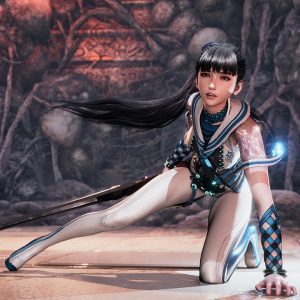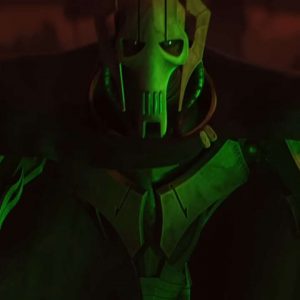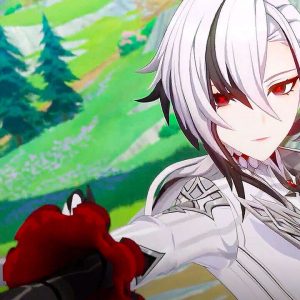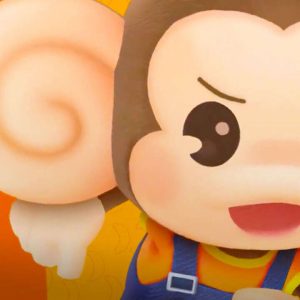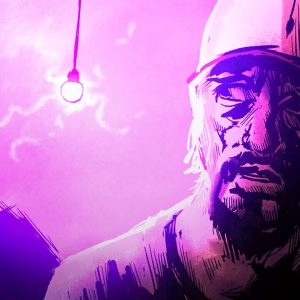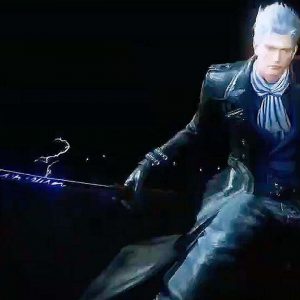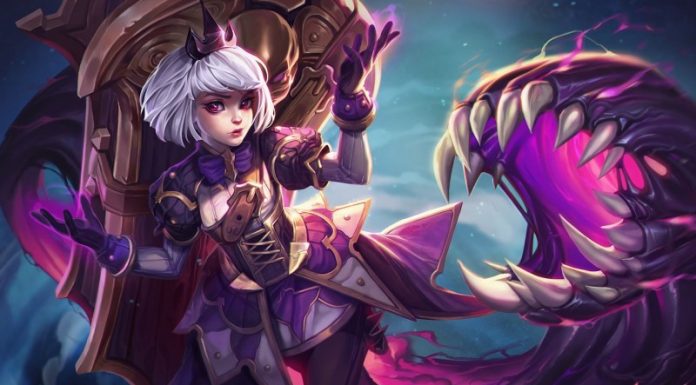Two awesome pieces of entertainment to enjoy…
Dororo is available to stream on Amazon Prime Video in the US. You check out our review of Sekiro: Shadows Die Twice here.
FromSoftware’s latest release, Sekiro: Shadows Die Twice, is a hard-hitting and enthralling spectacle of a game. It’s a complete departure from the European-inspired Soulsborne series the developer is known for, instead taking players to the war-torn lands of Japan’s Sengoku Jidai – the age of warring states. This medieval period was defined by bloody battles, political strategy, and a desperate struggle for power from all sides. Choosing to set the game in this era is part of the reason why Sekiro is as exciting as it has proven to be. If you’re finding yourself in love with the style, setting, weapons, and battles – everything that makes Sekiro what it is – you can get an extra dose of that era with a new anime.
Dororo is a series that bears a striking resemblance to Sekiro – in character, setting, and even plot (though it is actually an adaptation of a fifty-year-old manga by Osamu Tezuka). The similarities between the game and the anime are coincidental, but they certainly give those who love this period of Japanese history – replete with samurai battles and shinobi adventures – two new incredible pieces of media to enjoy.
Both Sekiro and Dororo take place at the height of the Sengoku period, with Sekiro following the journey of a shinobi who is honor-bound to his master, the Divine Heir, a descendant of an ancient bloodline with the power of immortality. Sekiro must defend the Divine Heir in order to both honor his vow as a shinobi and to prevent the Divine Heir’s immortal power from falling into corrupted hands, namely those of the game’s avaricious villain, Genichiro.
This is the game’s first connection with Dororo, a show which follows the story of Hyakkimaru, a young ronin (or leaderless samurai) who was cursed at birth by his father Daigo. Daigo is the daimyo – or lord – of a realm ravaged by famine. He believes that the Buddha has abandoned his land and so he offers anything of his as a sacrifice to demons in exchange for the power to restore his land to strength and glory. They decide to take his newborn son’s limbs, skin, eyes, ears, and other vital parts.
The obsession with, and the desperate search for, power is an obvious theme to focus on in a time when the land belonged to no one and every warlord wanted power and control. In Sekiro, we see Genichiro wanting to build an immortal army using the Dragon Heritage power, and in Dororo we see Daigo willing to sacrifice his son to bring power back to his land.
Daigo doesn’t entirely succeed, however, as Hyakkimaru is saved by Jukai, a man who crafts Hyakkimaru new prosthetic limbs and teaches him how to fight with them. Similarly, Sekiro’s titular protagonist is disarmed in combat and given a prosthetic replacement arm which he can then use in battle against his enemies.
So here we have two power-hungry villains tied to mythological demons and ancient bloodlines, and two protagonists are given a second chance at redemption and revenge with the help of kindly people who build them prosthetic limbs. Again, these similarities are just fun coincidences, but fans of one might get a lot of enjoyment out of exploring the other.
The similarities do stretch a little further than that, though. We’ve touched on the setting, protagonists, and villains, but there is also a dark question that hangs precariously over both protagonists: are Sekiro and Hyakkimaru ultimately good? Just as Sekiro is at one point warned that his excessive killing could lead him down a dark path, in a later episode of Dororo, an old blind man who aids Hyakkimaru says to him: “I see you’ve killed humans as well. You’d better be careful.” Hyakkimaru may be blind, but he is able to “see” the auras of people and things, which glow a blood red if they are corrupted or monstrous. This calls into question what Hyakkimaru’s own aura looks like. He is thirsty for vengeance and is cutting down demons to rebuild his body, but at what cost? The blurred lines between his desires and his bloody actions perfectly parallel Sekiro’s.
Even more than what we’ve touched on, Dororo oozes style, with incredibly choreographed sword fights, boss battle-like clashes with monsters inspired by Japanese folklore, and a gorgeous watercolor-inspired aesthetic that sets the show’s tone perfectly. It’s a beautiful adventure worth taking, especially if you’re missing Sekiro’s lavish world. Dororo is currently streaming on Amazon Prime Video.


